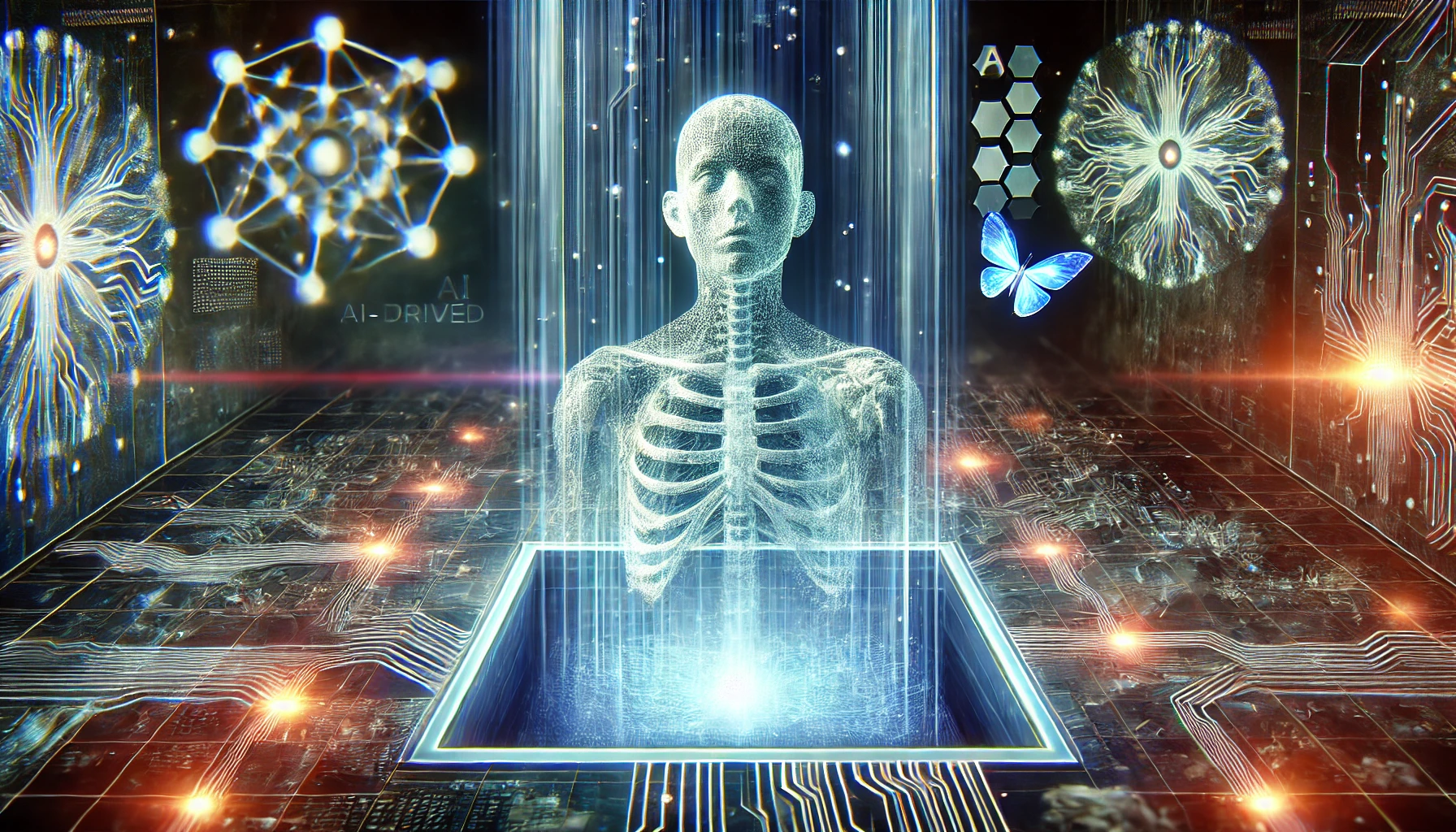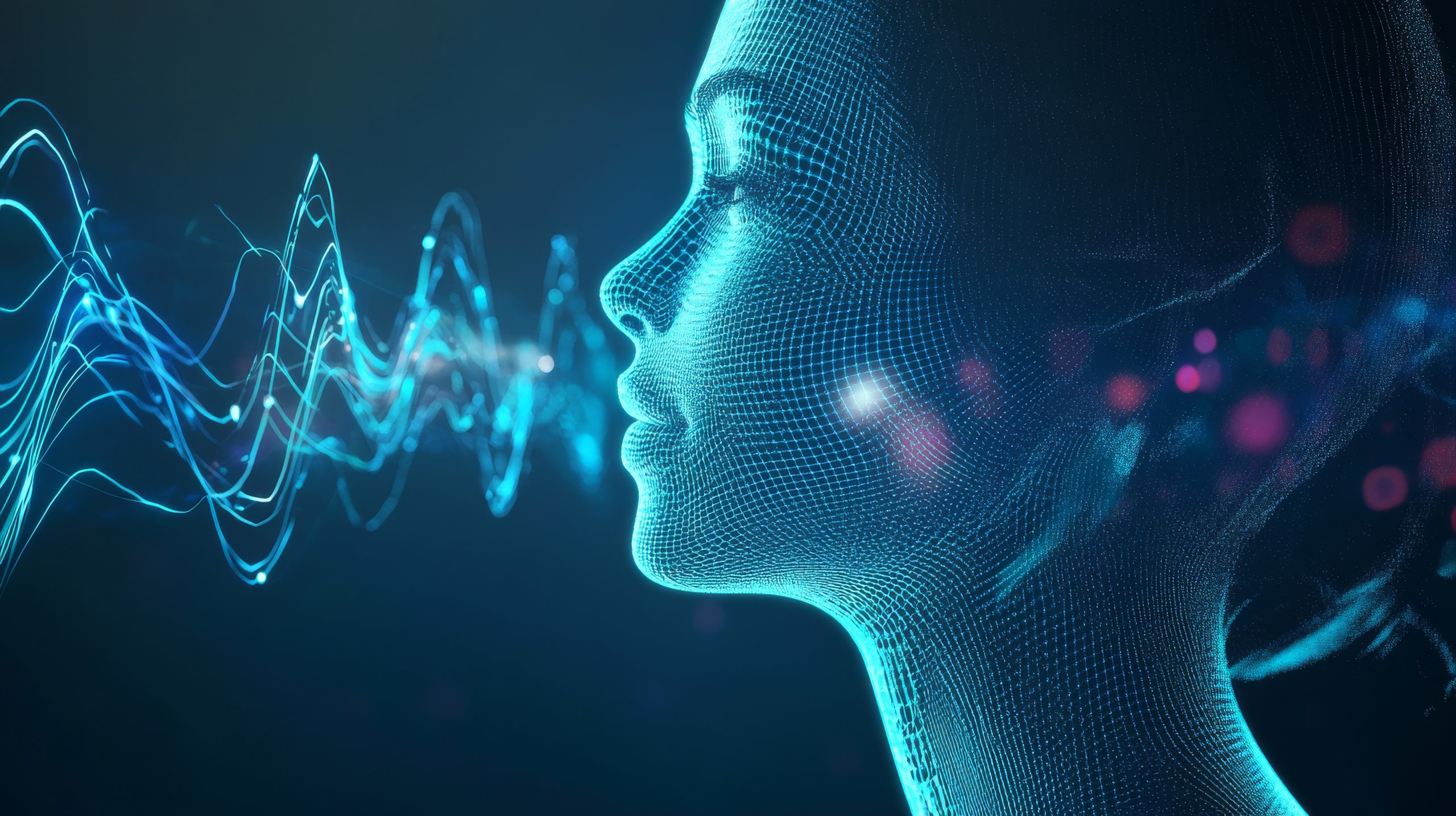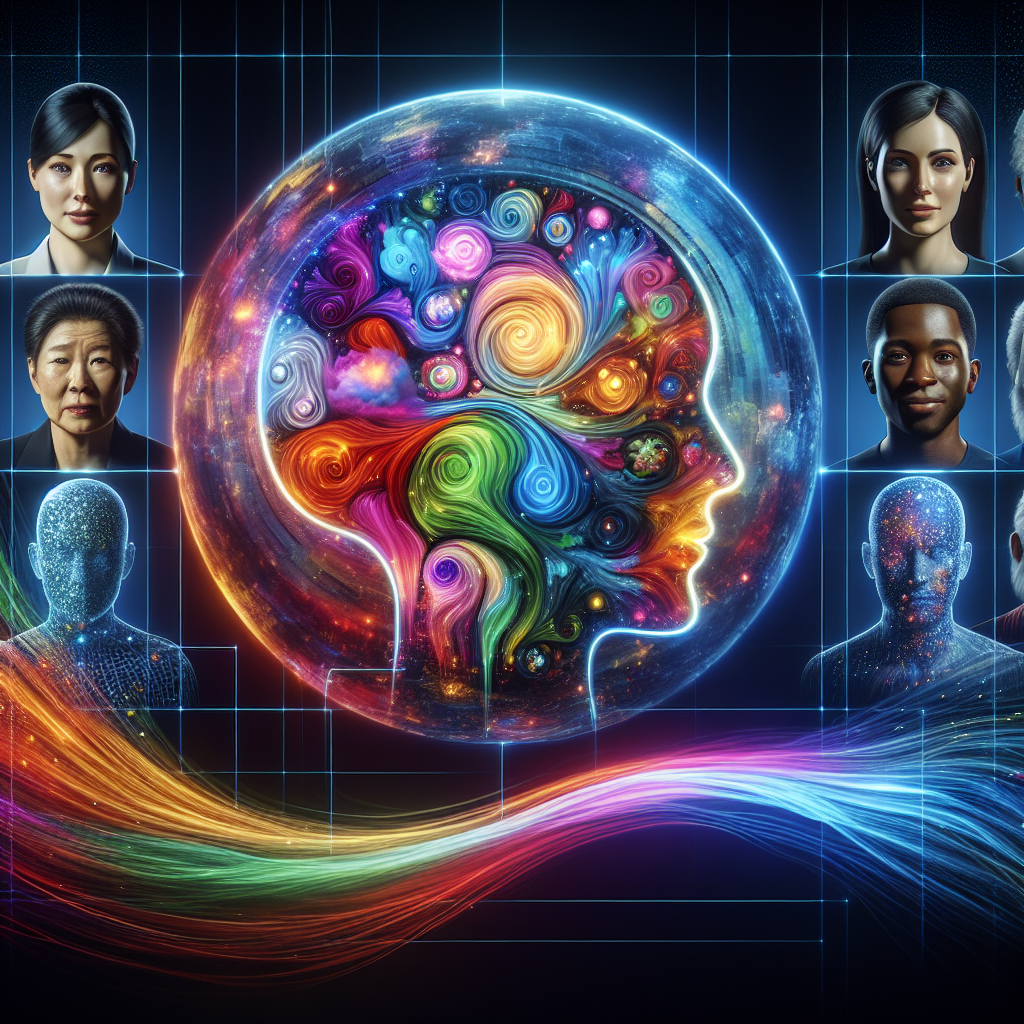The Ethics of Digital Resurrection: AI Bringing Back the Dead. Artificial intelligence has transformed many aspects of human life, from automation to creativity, but one of its most controversial applications is digital resurrection—the recreation of deceased individuals using AI-generated content. Through deepfakes, voice cloning, and machine learning, AI can now reconstruct a person’s likeness, speech, and even personality, blurring the line between memory and reality. While this technology has been used to preserve history, assist grieving families, and create entertainment, it also raises complex ethical, psychological, and legal questions. Should the dead be digitally revived? And if so, who gets to decide? This article explores the technology behind digital resurrection, its implications, and the ethical dilemmas it presents.
What Is Digital Resurrection?
Digital resurrection refers to the use of AI-driven technologies to recreate or simulate the likeness, voice, and personality of deceased individuals. This can take various forms, including:
- Deepfake Videos: AI-generated footage that places a deceased person’s face onto a moving image, making it appear as if they are speaking or interacting.
- Voice Cloning: AI-powered speech synthesis that replicates a person’s voice based on past recordings.
- Chatbots & AI Personas: AI models trained on text messages, emails, and recordings to simulate a deceased person’s speech patterns and conversational style.
- Holograms & VR Avatars: Digital projections that allow interactions with a simulated version of someone who has passed away.
Why Is AI Bringing the Dead Back?
1. Preserving Historical Figures
Digital resurrection has been used to recreate historical figures, allowing people to “interact” with AI-generated versions of famous personalities. Museums and educational institutions have experimented with bringing figures like Albert Einstein, Marilyn Monroe, and even Holocaust survivors back to life for interactive storytelling.
2. Comforting the Grieving
Some companies offer AI-powered digital memorials, allowing loved ones to communicate with an AI-generated chatbot version of the deceased. These systems use past conversations, photos, and videos to create a simulation of the person, offering emotional comfort to those struggling with loss.
3. Entertainment & Commercial Use
Hollywood has increasingly used AI to recreate deceased actors in films, sometimes with family consent but often sparking controversy. Digital resurrection is also being explored in music, where AI-generated voices of late artists are used to create “new” songs.
The Ethical Concerns of Digital Resurrection
1. The Question of Consent
Can someone truly consent to their digital resurrection after death? Many people have never considered the possibility of their likeness being recreated by AI, leading to legal and ethical disputes over who has the right to authorize digital revivals. Without explicit consent, AI-generated versions of the deceased could be seen as exploitative.
2. Psychological Impacts on the Living
Does interacting with an AI version of a deceased loved one help or hinder the grieving process? While some argue it offers comfort, others worry that it may prolong emotional attachment, preventing proper closure and acceptance of loss.
3. Deepfakes and the Risk of Manipulation
The ability to digitally resurrect someone also raises the danger of misinformation and exploitation. Deepfake technology could be used to put words into the mouths of the deceased, distorting their legacy or being used for deceptive purposes.
4. Ownership and Digital Rights
Who owns the digital likeness of the dead? Should family members, companies, or even the government have control over posthumous AI-generated personas? Intellectual property rights over digital selves remain a largely unresolved legal issue.
5. Cultural and Religious Considerations
Different cultures and religions have varying beliefs about death, the soul, and the afterlife. For some, digital resurrection could be seen as a violation of spiritual principles, while others may embrace it as a form of remembrance.
Regulating Digital Resurrection
As AI deepfake technology advances, governments and tech companies are starting to explore regulations surrounding digital resurrection. Potential solutions include:
- Legal Requirements for Posthumous AI Use: Requiring explicit consent before a person’s likeness can be used after death.
- AI Transparency Laws: Mandating clear labeling of AI-generated personas to prevent misinformation.
- Ethical AI Guidelines: Establishing boundaries for how deceased individuals can be represented in media and entertainment.
- Opt-Out Systems: Allowing individuals to state in legal documents that they do not wish to be digitally revived.
The Future of AI and Digital Immortality
As technology progresses, digital resurrection may evolve beyond simple deepfakes and chatbots into full-fledged digital immortality. Some futurists predict that AI will be capable of simulating personalities with extreme accuracy, leading to the possibility of virtual existence beyond physical death.
While this raises exciting possibilities for preserving knowledge and history, it also forces humanity to rethink fundamental questions about identity, legacy, and what it truly means to be alive.
Conclusion
The rise of AI-driven digital resurrection challenges our understanding of mortality, memory, and identity. While it offers new ways to preserve history, comfort the grieving, and even entertain, it also raises deep ethical and philosophical questions. Who decides how someone is remembered? Where do we draw the line between honoring the dead and exploiting them? As AI technology continues to advance, society must carefully navigate the moral and legal landscape of bringing the dead back to digital life.
For more insights into ethical AI discussions, read The Ethics of Artificial Intelligence and Its Balance.





Leave a Reply